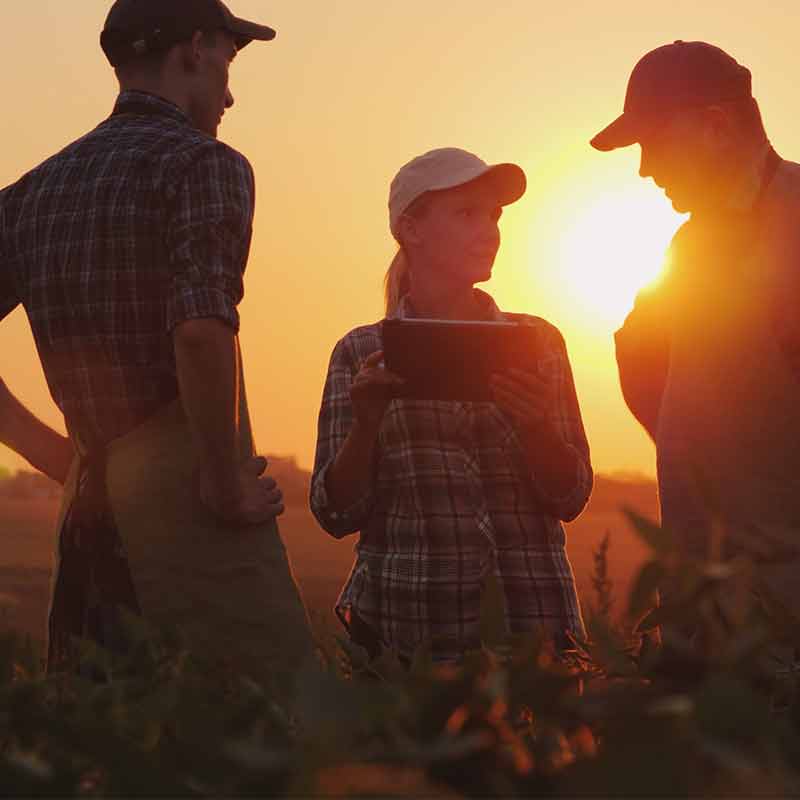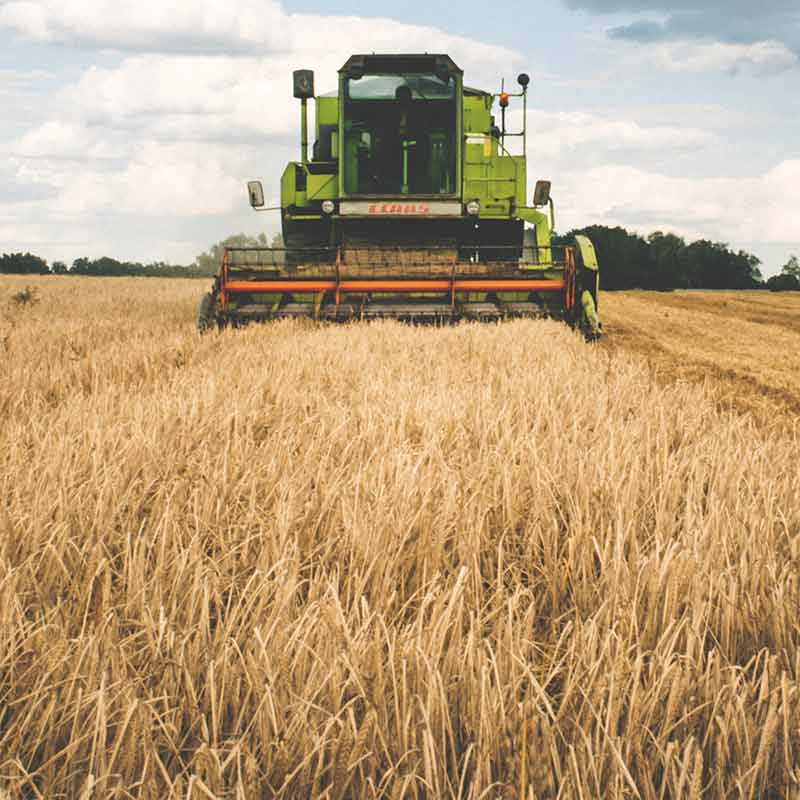Identify key stakeholders: agriculture
Understanding teams and their strategies
Depending on the organizational structure of your company and the structure of your supply chains, there may be many stakeholders that you’ll need to communicate with about sustainable agriculture. In many cases, your sustainability team will work closely with your company’s procurement, sourcing and merchant teams to decide what products or ingredients to source and how. A critical step to developing your sustainability plan is to understand these other teams and their strategies.
After identifying these key stakeholders, you should seek to understand which of your agricultural supply chains are within your company’s direct purview versus the supply chains that you can influence, but have less control over. For example, some food and agriculture companies work directly with farms and processing facilities, while others buy processed ingredients and have no contact with the farm that produced the raw material.


Influencing suppliers for better practices
Understanding how your company operates with these suppliers will determine what sustainability solutions are feasible for your company. The less control or visibility you have of a supply chain, the more you will need to act as an influencer to encourage better practices.
The following are ways you can do this:
Developing ways for two-way communication throughout the chain.
Allowing stakeholders in your supply chain to share goals, experiences and feedback with you will strengthen program alignment, and will improve your chance of success. Creating mechanisms for input and advice — whether through a meeting, email or Listserv, or simply reaching out on a regular basis — is perhaps one of the most important pieces of success.
Collaborating with other supply chain nodes.
There are a variety of supply chain projects in agriculture that require multiple parts of the supply chain to work together, whether on research or on-the-ground program implementation with farmers
Setting up methods for accountability.
Supply chain partners can build trust and publicly support each other on progress towards joint goals. By increasing communication through the chain, you can establish timelines and mechanisms for transferring updates on progress, and hold each other accountability when progress is lacking.
Understanding the agricultural supply chain
Agricultural supply chain engagement often requires an understanding of external stakeholders, such as agricultural input companies (like seed and fertilizer companies), agricultural retailers, farmers and ranchers, agricultural credit institutions, crop consultants and advisors, aggregators, processors, distributors, transportation and refrigeration companies and ingredient manufacturers.
This diagram provides an overview of the agricultural supply chain from the perspective of a retailer.
Each of these external parties has different business and sustainability motivations and skills that can be incorporated into your sustainability plan. With such a complex set of stakeholders, it makes sense to start with the stakeholders associated with your most important products or inputs. Keep this in mind when you’re filling out the Build a Plan guide.